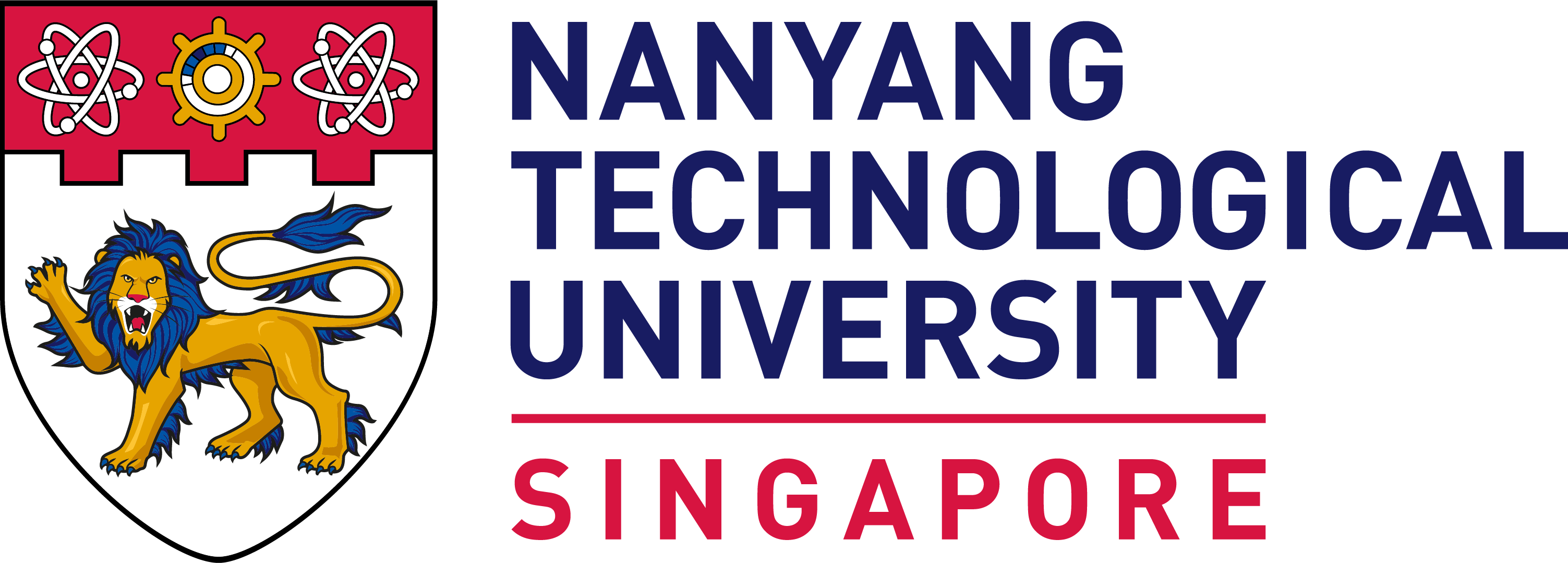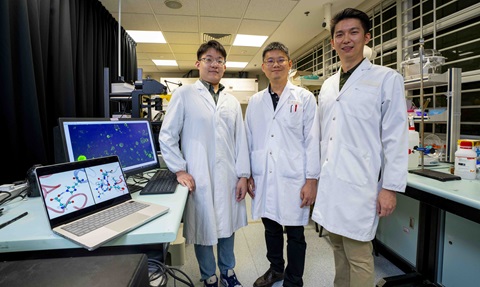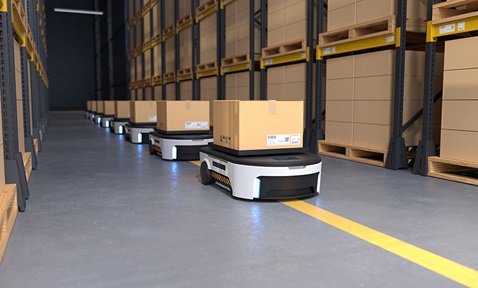
Design, Modelling and Control of a Coaxial Drone
Synopsis
This contra-rotating rotor drone introduces a novel coaxial design that enhances high thrust efficiency and manoeuvrability. Using thrust vectoring via two vertical servo motors, the compact drone for urban inspection operates effectively in confined spaces. A six-degree-of-freedom nonlinear flight model ensure precise control over position, yaw, roll and pitch. Designed for versatility, this coaxial drone can function independently or as part of drone swarm technology system, enabling autonomous delivery drone applications for logistics, agriculture and infrastructure monitoring.
Opportunity
As urban spaces grow denser and demand for autonomous aerial solutions increases, coaxial drones offer advantages over traditional multirotor systems. Their compact and elongated fuselage, achieved through thrust vectoring, enables operations in confined spaces, making them particularly useful in urban environments for infrastructure inspection, search-and-rescue missions and delivery services.
The high thrust efficiency drone design, featuring independent dual-axis rotor rotation, allows superior manoeuvrability, ensuring precise control for agriculture monitoring, aerial surveillance and energy sector inspections. Additionally, the coaxial drone model supports parcel transportation, with modular autonomous flight capabilities enabling coordinated swarm-based pickup and delivery systems. As demand for autonomous delivery drones grows, this innovation presents new possibilities for efficient aerial logistics and urban mobility.
Technology
This coaxial drone features two contra-rotating rotors for high thrust efficiency and independent dual-axis rotor rotation for enhanced manoeuvrability. A nonlinear flight model ensures stable control across all axes, while thrust vectoring with vertical servo motors provides a compact and elongated fuselage optimised for urban and industrial applications.
The six-degree-of-freedom nonlinear flight model integrates control inputs from propellers and servos, stabilising yaw, roll and pitch even under complex flight conditions. A damping component further enhances control by mitigating dynamic instabilities. The drone functions as an autonomous delivery drone, capable of independently carrying parcels of various sizes.
With a fully decentralised framework, multiple drones can operate as a coordinated swarm, offering a plug-and-fly multirotor delivery system for urban logistics, surveillance and drone for agriculture monitoring, referred to as the ParcelDrone.

Figure 1: Modular Coaxial Drone Swarm: Towards Autonomous and Decentralised Delivery Systems ParcelDrone.
Applications & Advantages
Applications:
- Autonomous delivery drone for logistics and urban mobility.
- Drone for agriculture monitoring, including crop inspection and spraying.
- Compact drone for urban inspection, supporting infrastructure and energy sector assessments.
- Drone swarm technology for coordinated pickup and delivery.
- High thrust efficiency drone for aerial surveillance and security.
Advantages:
- Superior manoeuvrability using contra-rotating rotor design.
- Stable flight model for challenging environments.
- Compact and versatile for urban and industrial applications.
- Scalable drone swarm technology for collaborative aerial tasks.
- Decentralised control framework, enabling autonomous coordination for logistics.




.tmb-listing.jpg?Culture=en&sfvrsn=b5366f51_1)










